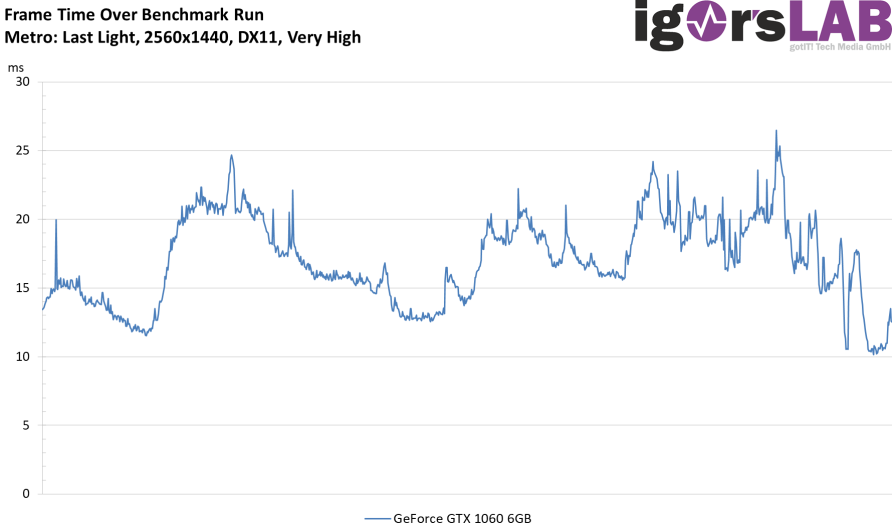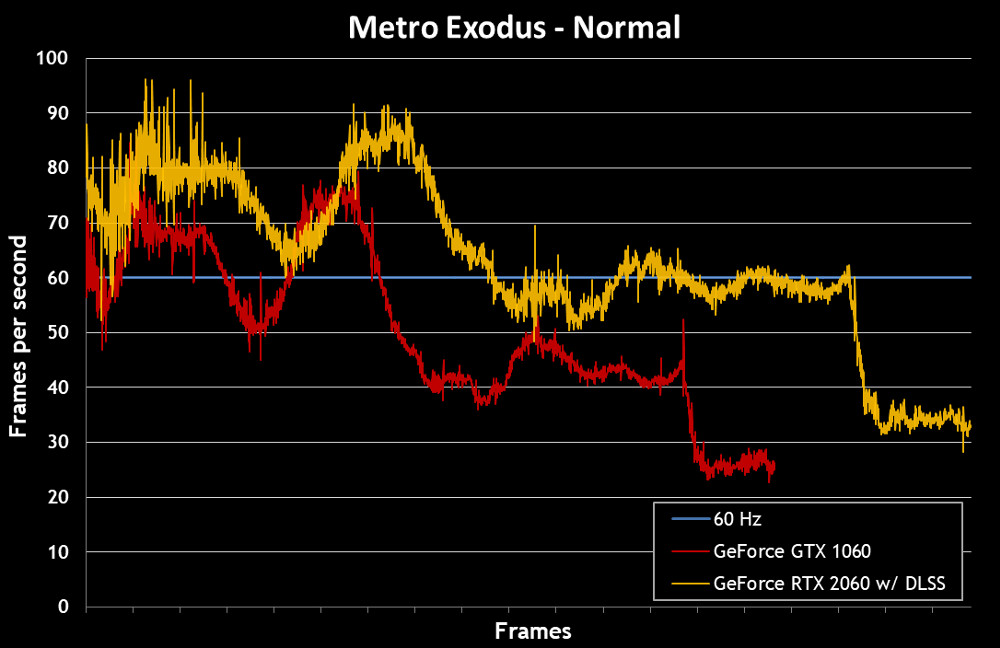

To provide the widest data set possible, I’m going to test the card against all the aforementioned graphics cards using the same suite of synthetic, VR, and game benchmarks. It’s equipped with an Intel Core i7-5930K Haswell-E CPU clocked at 3.9GHz, coupled with 16GB of DDR4 RAM clocked at 2133MHz running in quad-channel mode. To ensure benchmarking consistency, I’m using the same system that I used to review the GTX 1080, 1070, 1060, and RX 480. The GeForce GTX 1080 Ti is like a souped-up version of the GTX 1080. Coupled with this larger frame buffer, the GTX 1080 Ti has a beefier 352-bit memory interface, which allows peak memory bandwidth to top out at 484GB/s.

The company also incorporated equalization and optimization techniques to boost the video memory frequency from the GTX 1080’s 10Gbps solution to 11Gbps for the Ti.

Here's a photo of the GTX 1080 Ti's exposed GPU and PCB.Īrguably the biggest bump Nvidia has added to the Ti is the extra 3GB of GDDR5X video RAM, which brings the total VRAM to 11GB. should only be used as a frame of reference against other cards within the same GPU family for any apples-to-apples comparisons. Specs like stream processors, CUDA cores, and core clocks, etc.

Note: These are the cards I’ll be testing the GTX 1080 Ti against. The only area where it lags behind is in core and boost clock speeds. It has more CUDA cores, texture units, and video RAM. It’s still based on a 16nm FinFET production process and is based around Nvidia’s power-efficient Pascal micro-architecture, but has more of almost everything. Nvidia recommends a 600-watt PSU to power the card. As a result, the Ti features a six-pin and eight-pin power connector. The GTX 1080 Ti has a much higher 250-watt TDP than the GTX 1080’s 180-watt equivalent.


 0 kommentar(er)
0 kommentar(er)
